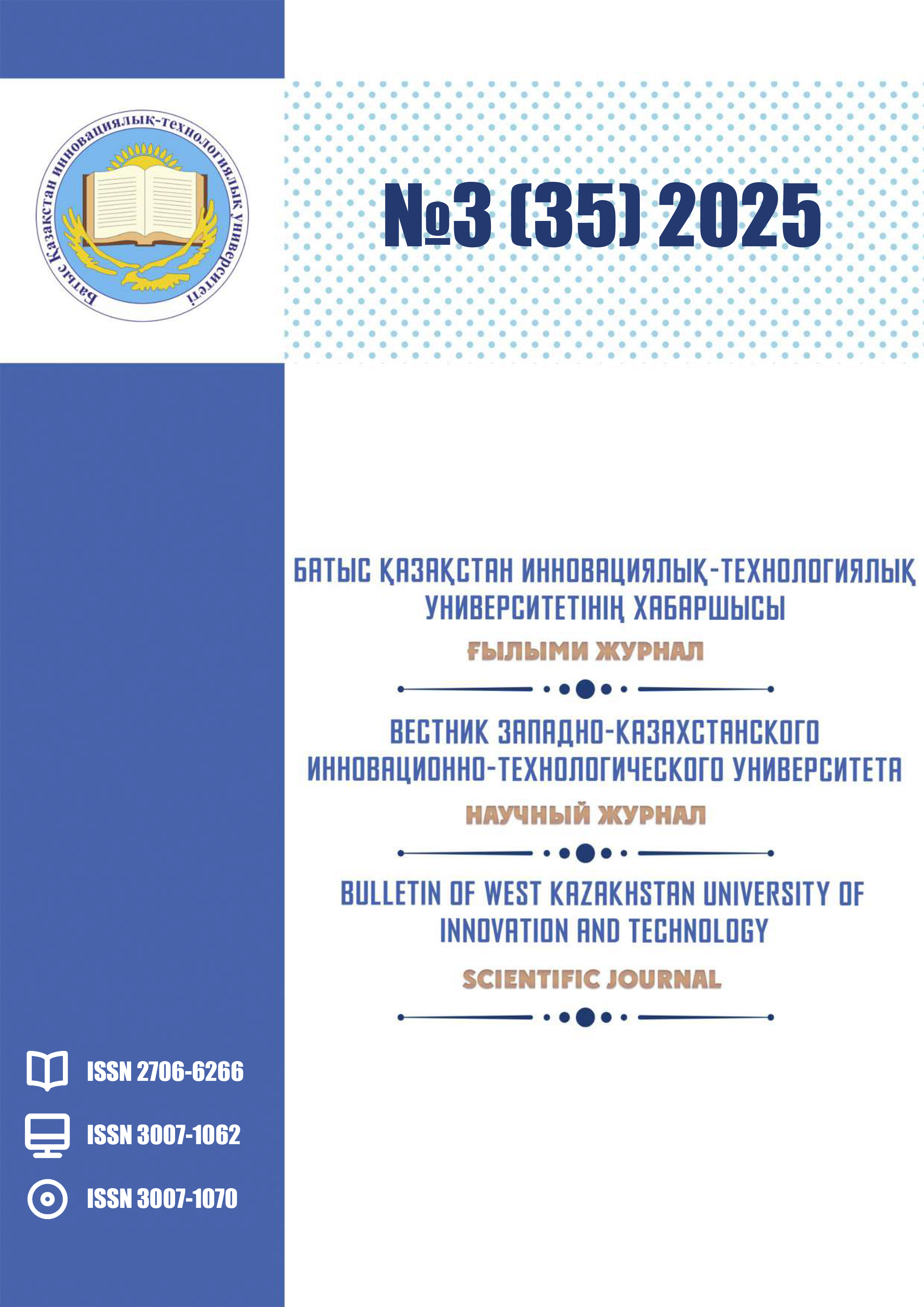PRODUCTION OF PAVEMENT SLABS USING SEMI-DRY VIBRATION PRESSING TECHNOLOGY
DOI:
https://doi.org/10.62724/202530707Keywords:
Paving slab, vibration pressing, modulus of elasticity, strength class, frost resistance.Abstract
This article discusses the production technology of paving slabs using semi-dry vibration pressing. This technology is one of the most effective and cost-effective in the manufacture of small-piece concrete products. The use of a semi-dry concrete mix allows for high density, strength, and wear resistance of finished products. The simultaneous action of vibration and pressing ensures uniform distribution of the mixture and high-quality molding of the products. The paper provides a detailed analysis of the key parameters of the technological process: the composition and consistency of the concrete mix, compaction pressure, vibration frequency, and molding duration. Comparisons with other methods of paving slab production are provided, and the advantages of this method in terms of productivity, cost, and environmental safety are substantiated. Recommendations for process optimization and raw material selection are also offered to improve product quality and reduce costs. The research results can be used in practice by enterprises engaged in the production of paving slabs and other vibration-pressed building products. The article considers current problematic issues in the production of paving slabs using the semi-dry vibration pressing method, provides an overview of the process line, and analyzes the materials used. An assessment of the production problem area is provided. The results of the study are presented. The causes and consequences of using materials with specific characteristics and rheotechnological properties are identified.

